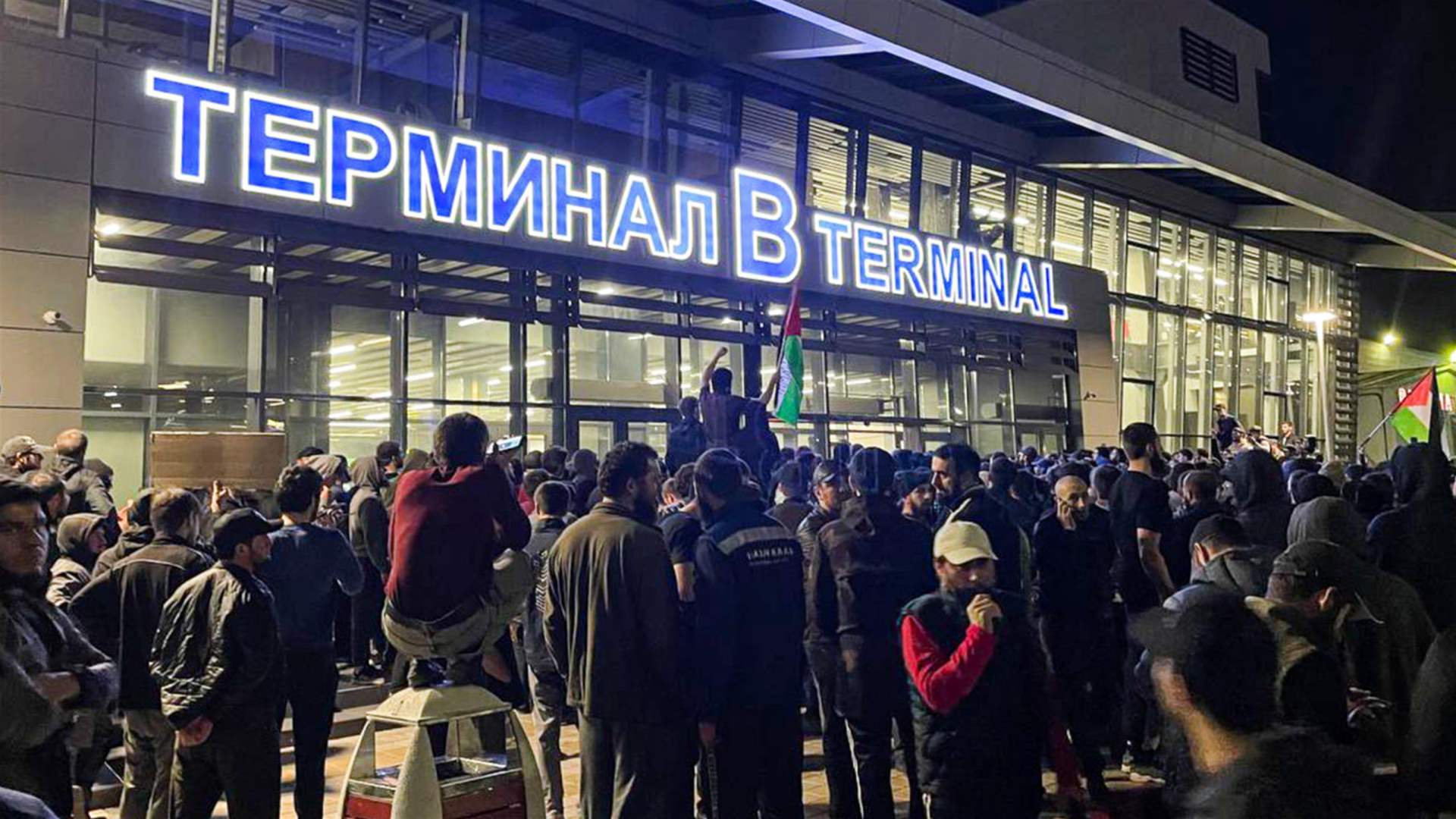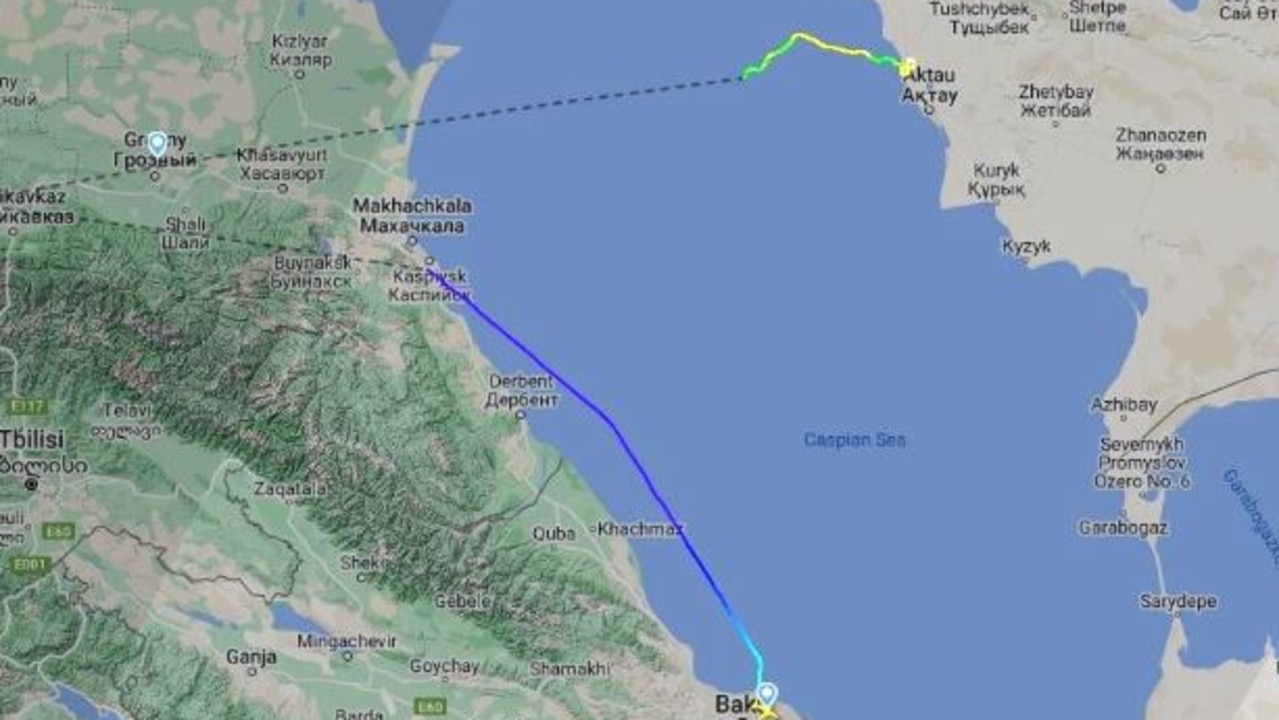Une « interférence externe » à l’origine de l’écrasement au – “External interference caused the crash” – is a phrase that immediately evokes mystery and intrigue. It hints at a hidden hand, a deliberate act, or perhaps a confluence of unforeseen circumstances leading to disaster. This exploration delves into the various forms external interference can take, from technological glitches to acts of sabotage, and examines how investigators unravel the truth behind such catastrophic events.
We’ll look at real-world examples, hypothetical scenarios, and the far-reaching consequences of discovering external interference as the cause of a crash.
Understanding the complexities of external interference requires examining diverse scenarios. Consider a plane plummeting from the sky due to GPS jamming, a train derailment caused by deliberate sabotage, or a car accident triggered by unforeseen environmental factors. Each incident presents unique investigative challenges, demanding meticulous evidence gathering and analysis. This investigation will guide you through the process, revealing the techniques used to identify, analyze, and ultimately understand the role of external factors in bringing about such devastating outcomes.
External Interference in Crashes: An Investigative Approach

The phrase “Une « interférence externe » à l’origine de l’écrasement au” translates to “External interference at the origin of the crash.” This phrase implies that something outside the normal operational parameters of the vehicle or system contributed to the accident. This could encompass a wide range of possibilities, from deliberate sabotage to unforeseen environmental conditions.
Thinking about outside interference causing a crash? It’s all about perspective. Sometimes, a seemingly small outside factor can have huge consequences, like a bad call in a game. Check out this article about how a ridiculous umpire error, as seen in Strikers fume at ‘ridiculous’ umpire error as Canes seal dramatic win , completely changed the game’s outcome.
Similarly, with crashes, a tiny bit of unexpected interference can lead to a major disaster.
Translation and Contextualization
The French phrase points to an external factor causing a crash. This context could apply to various scenarios, including aviation accidents (e.g., a missile strike on a plane), vehicular accidents (e.g., a deliberate roadblock), or even the metaphorical “crash” of a political system due to external pressures (e.g., foreign interference in an election).
Examples include the downing of Malaysia Airlines Flight 17, allegedly by a surface-to-air missile, or the numerous instances of drone attacks on civilian infrastructure, demonstrating external interference leading to catastrophic consequences. The 9/11 attacks, while complex, involved external interference in the form of hijacked aircraft. These instances highlight the devastating potential of external interference.
Types of External Interference, Une « interférence externe » à l’origine de l’écrasement au
External interference can be categorized into several distinct types. Understanding these categories is crucial for effective investigation and prevention.
| Category | Description | Example | Hypothetical Scenario |
|---|---|---|---|
| Technological Interference | Involves the disruption or manipulation of technological systems crucial to the operation of a vehicle. | GPS jamming, radio frequency interference, cyberattacks | A cargo ship’s navigation system is jammed, causing it to deviate course and collide with a reef. |
| Human Interference | Involves deliberate actions by individuals or groups aimed at causing a crash. | Sabotage, terrorism, malicious hacking | A disgruntled employee plants explosives on a train, causing it to derail. |
| Environmental Interference | Involves unexpected or extreme environmental conditions impacting vehicle operation. | Severe storms, unexpected seismic activity, extreme temperatures | A bridge collapses due to unexpected and extreme flooding, causing a bus to plunge into the river. |
| Political/Military Interference | Involves actions by governments or military forces impacting the operation of vehicles. | Missile strikes, deliberate targeting, airspace violations | A passenger jet is shot down by a military aircraft mistaking it for an enemy target. |
Investigation and Evidence Gathering

Investigating crashes involving potential external interference requires a multi-faceted approach. The process typically involves securing the crash site, interviewing witnesses, examining physical evidence, and analyzing data from various sources.
Evidence might include physical debris from weapons, electronic data logs from affected systems, witness testimonies, radar data, satellite imagery, and communication intercepts. Analyzing this evidence often requires specialized expertise in fields like forensic engineering, digital forensics, and ballistics.
Different analytical methods are employed depending on the type of interference. For example, analyzing flight data recorders (FDRs) and cockpit voice recorders (CVRs) is crucial in aviation accidents, while examining vehicle control systems is essential for vehicular accidents. The comparison of evidence from different sources is critical to establishing a conclusive narrative.
Impact and Consequences

Confirming external interference has profound consequences. Families of victims may experience heightened grief and a demand for justice. Government agencies face scrutiny and pressure to improve security measures. International relations can be significantly impacted, potentially leading to diplomatic tensions or even conflict.
Legally, establishing external interference as the cause of a crash can lead to criminal prosecutions, civil lawsuits, and significant financial liabilities for those responsible. Regulatory changes may be implemented to prevent similar incidents in the future.
Example Press Release: Following a thorough investigation, the inquiry board has concluded that the crash of Flight XY123 was caused by external interference in the form of a missile strike. The investigation has identified [responsible party] as the likely perpetrators, and legal action is underway. Further details will be released as they become available.
Illustrative Scenarios
The following scenarios provide detailed descriptions suitable for illustrative purposes.
Technological Interference: A passenger train’s automated braking system is disabled by a targeted cyberattack. The train, traveling at high speed, fails to slow down approaching a sharp curve, resulting in a derailment. Imagine an image showing a train hurtling towards a curve, with a visual representation of a disrupted data stream overlayed on the scene. The disrupted data stream could be depicted as a series of broken, glitching lines superimposed over the train’s image.
So, you’re investigating “Une « interférence externe » à l’origine de l’écrasement au,” meaning an outside interference caused the crash, right? Sometimes, unrelated events offer perspective. Check out this amazing sports story, The Nitish Kumar Reddy story: As allrounder shines at MCG, here’s , to see how one person’s amazing performance can overcome unexpected challenges. Then, consider how external factors, even seemingly unrelated ones, might influence the investigation into the crash.
Human Interference: A rival company plants a hidden explosive device within a competitor’s autonomous delivery truck. The explosion causes a catastrophic failure, resulting in a collision with other vehicles. An illustrative image could show the truck with a visible explosive device, surrounded by debris and damaged vehicles, highlighting the immediate impact of the sabotage.
Thinking about “external interference” causing a crash? Sometimes, unexpected outside forces can really shake things up. For example, check out how the current debate on foreign worker visas, as highlighted in this article, Cracks appear in Maga world over foreign worker visas , is creating internal divisions and potentially impacting policy decisions. This shows how even seemingly unrelated events can act as an “external interference” influencing major outcomes, similar to the original crash scenario.
Environmental Interference: A heavy snowstorm causes a significant reduction in visibility and treacherous road conditions. A bus loses control on an icy mountain road, resulting in a fatal crash. An image could depict the bus skidding out of control on a snow-covered mountain road, with a blizzard raging in the background, emphasizing the overwhelming force of nature.
Final Conclusion
Uncovering the truth behind a crash attributed to external interference is a complex undertaking, demanding rigorous investigation and meticulous attention to detail. From technological malfunctions to deliberate acts of sabotage, the potential causes are multifaceted and require a comprehensive approach. Understanding the various types of interference, the investigative processes, and the far-reaching consequences for all stakeholders is crucial.
Ultimately, determining the role of external interference serves not only to provide closure to victims’ families but also to inform future safety protocols and prevent similar tragedies. The search for answers, while often difficult, is essential for improving safety and accountability.
Questions Often Asked: Une « Interférence Externe » à L’origine De L’écrasement Au
What types of evidence are typically collected during an investigation into external interference?
Investigators gather various evidence including physical debris, flight data recorders (black boxes), witness testimonies, communication records, security footage, and digital data from affected systems.
How long do investigations into crashes involving suspected external interference typically take?
The duration varies greatly depending on the complexity of the incident, the amount of evidence to analyze, and the involvement of multiple agencies. Investigations can last from several months to several years.
What international regulations govern investigations into crashes suspected to involve external interference?
International aviation regulations, like those set by ICAO (International Civil Aviation Organization), often guide the investigation process, ensuring consistency and cooperation between involved nations.